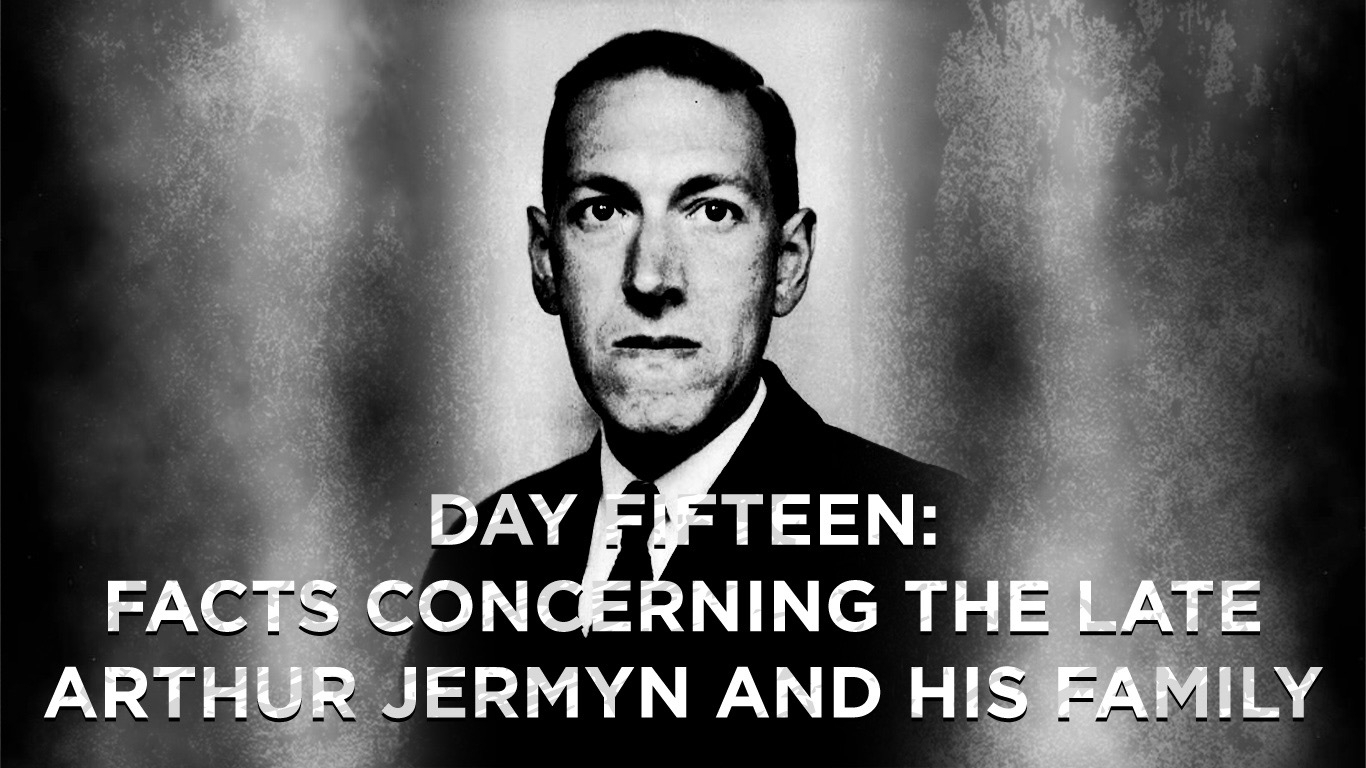Facts Concerning the Late Arthur Jermyn and His Family

As I once again took up my October tradition of reading a story each day from the ghastly canon of the master of cosmic horror, H.P. Lovecraft, I steeled myself for the inevitable confrontation with his racism. In the innocence of youth, my fascination with the sheer magnitude of his terrifying visions had eclipsed such dark undercurrents. Yet, with time and reflection, the vile truths lurking beneath the surface of his tales became all too clear, and the further I journeyed into his works, the more abhorrent certain themes appeared—none more so than in the tale “Facts Concerning the Late Arthur Jermyn and His Family.”
This story, a twisted reflection of Lovecraft’s deep-seated bigotry and unyielding elitism, remains among the hardest to bear. Its grotesque allegory of ancestral pollution and the resultant suicidal horror mirrors the same toxic obsessions that thread through his other writings—those fears of racial impurity that gnawed at Lovecraft’s mind as he beheld a world changing beyond his understanding. The motifs of expiating ancestral sin and self-destruction upon discovering a tainted bloodline are but the macabre manifestations of his most venomous prejudices.
And yet, I cannot escape the creeping suspicion that, in this tale, Lovecraft’s venomous pen was also aimed at Edgar Rice Burroughs, whose own Tarzan carried its share of insidious notions. One might wonder if, beneath Lovecraft’s seething hatred of anything alien or impure, there simmered a bitter rivalry—each man’s work twisted by the same repugnant convictions, feeding into a dark reflection of the world they both feared and misunderstood. But such contemplations spiral endlessly, and the weight of Lovecraft’s malignancy taints the very horror that first captivated my youthful imagination.
The stuffed goddess was a nauseous sight, withered and eaten away, but it was clearly a mummified white ape of some unknown species, less hairy than any recorded variety, and infinitely nearer mankind—quite shockingly so.
Our tale unfurls the accursed lineage of Sir Arthur Jermyn, a name long tainted by strange and unsettling physical traits, whispered of in dark corners as the progeny of a forgotten and monstrous past. The shadow first descends with Sir Wade Jermyn, Arthur’s great-great-great-grandfather, a doomed explorer whose ill-fated ventures into the dark heart of the Congo yielded terrible secrets. Wade spoke of a hidden white race amidst that primordial wilderness, but his claims were met with derision, and he was cast into the cold confines of an asylum—his mind irreparably shattered.
Wade’s descendants, from his son Philip to his grandson Robert, were no less cursed. Robert, a man of science, twice ventured into Africa’s unknown reaches, but it was not knowledge that he found. Instead, upon hearing of a city of pale apes ruled by a ghastly white god, madness gripped him, driving him to unspeakable acts, murdering both an explorer and his own offspring in a frenzy of delirium. His son Alfred escaped only to meet his own grim fate—drawn to a pale gorilla whose unnatural hue both fascinated and consumed him, until his death in a brutal confrontation with the beast.
Sir Arthur Jermyn, inheritor of this sinister bloodline, sought solace in scholarship. But his inquiries led him on a dread journey to the Congo, where whispers of a stone city and an ape goddess pulled him deeper into the abyss. When the desiccated form of that goddess arrived at his ancestral home, Arthur, in one harrowing glance, beheld the truth. The horror of his own visage reflected in the ancient being—Wade’s wife had never been human, but the loathsome ape goddess herself. The blood of an unholy union coursed through him. In a final, merciful escape, Arthur doused himself in oil and perished in flames, his legacy of blasphemy consumed by fire, as the Jermyn line withered in madness and flame.